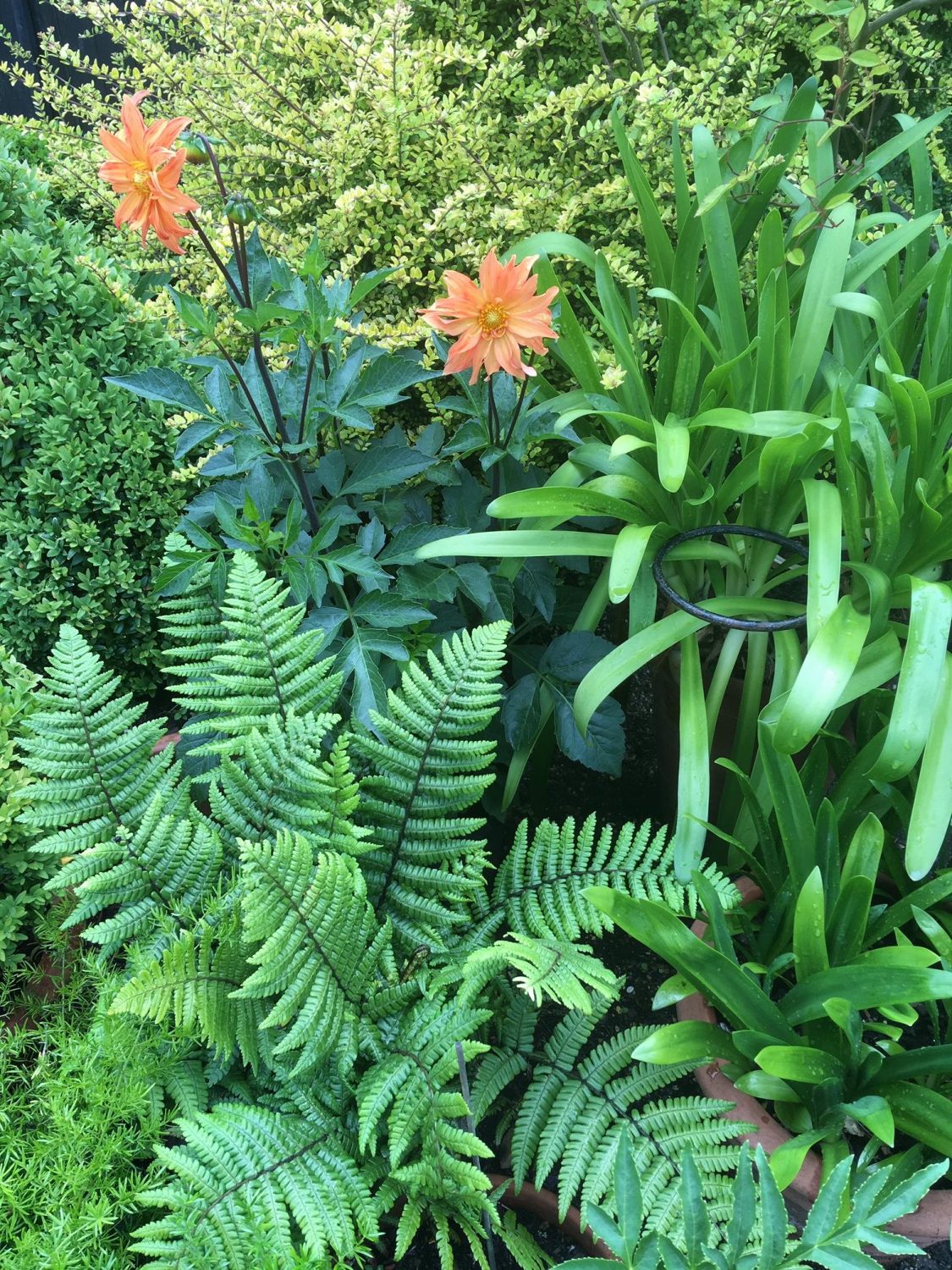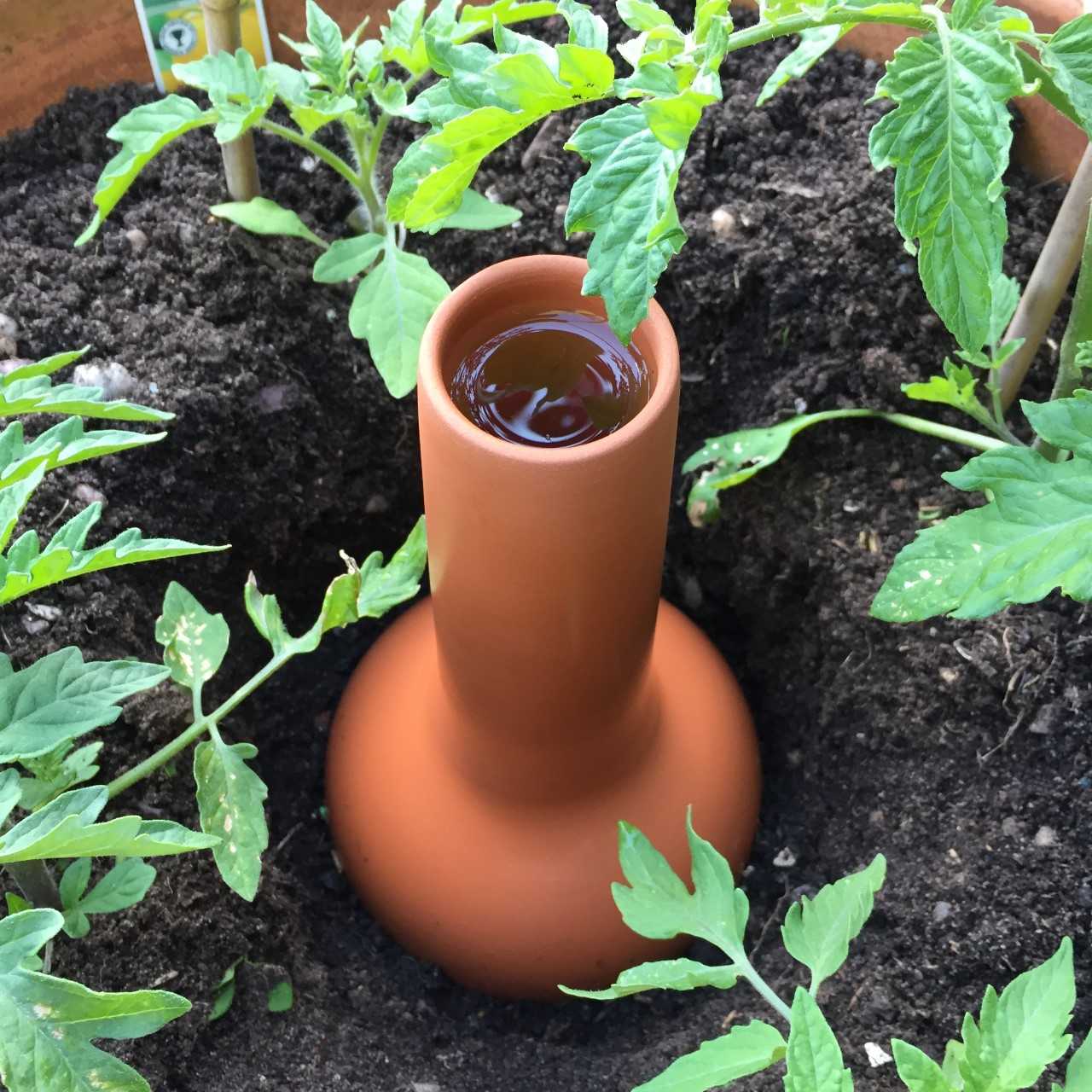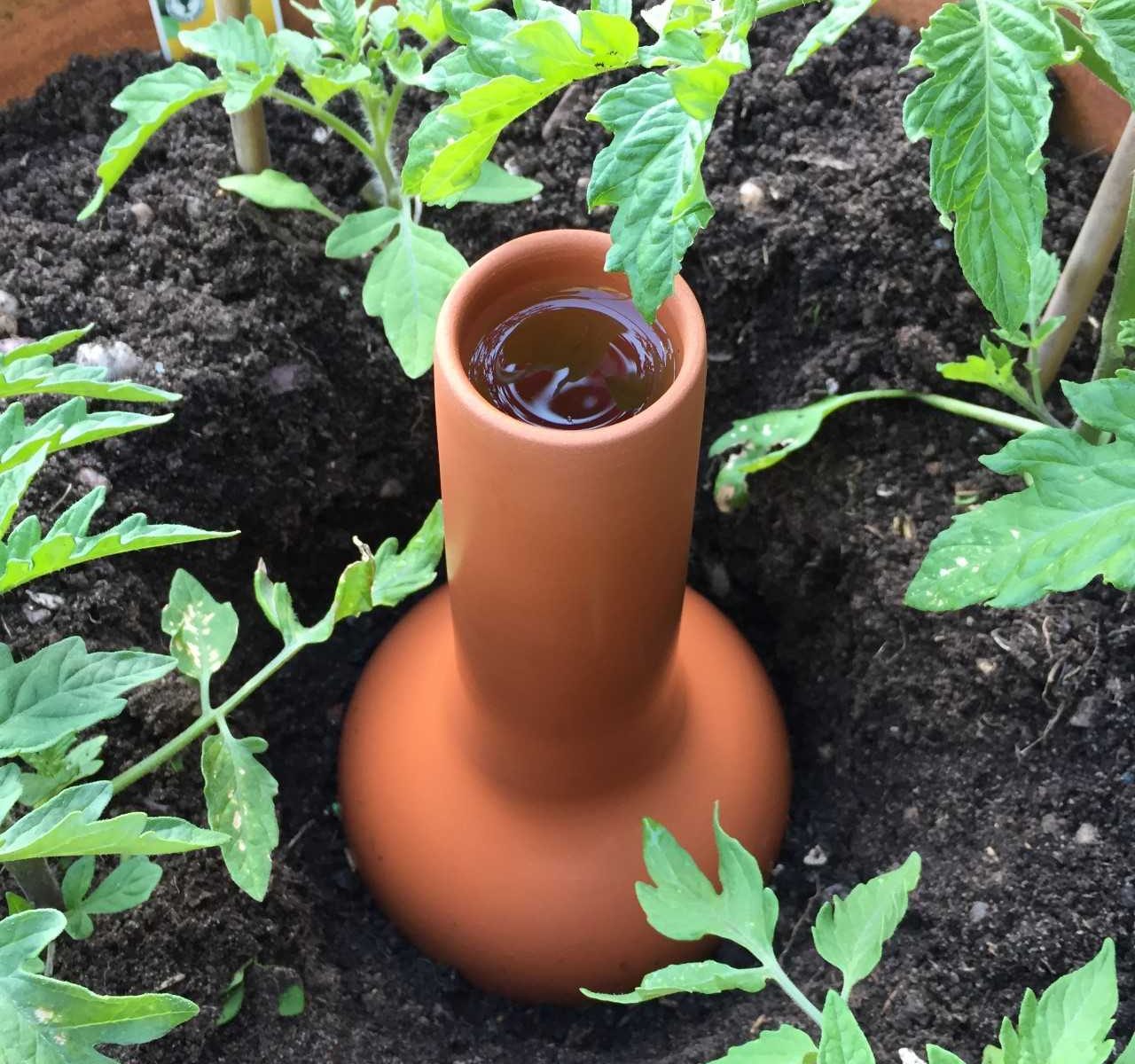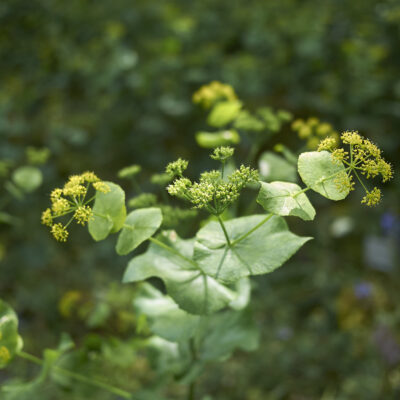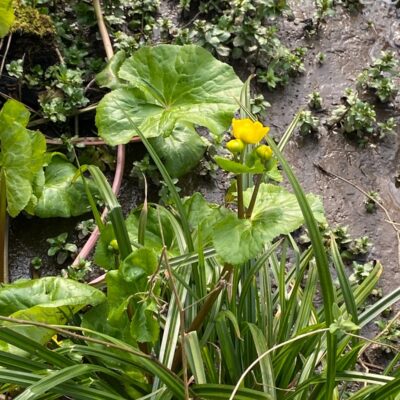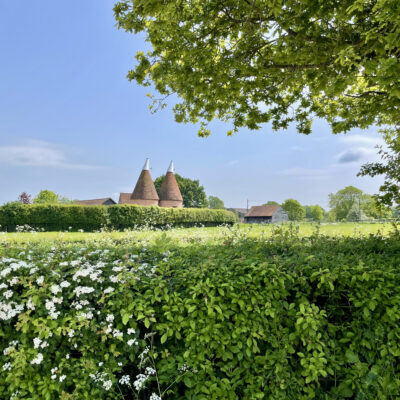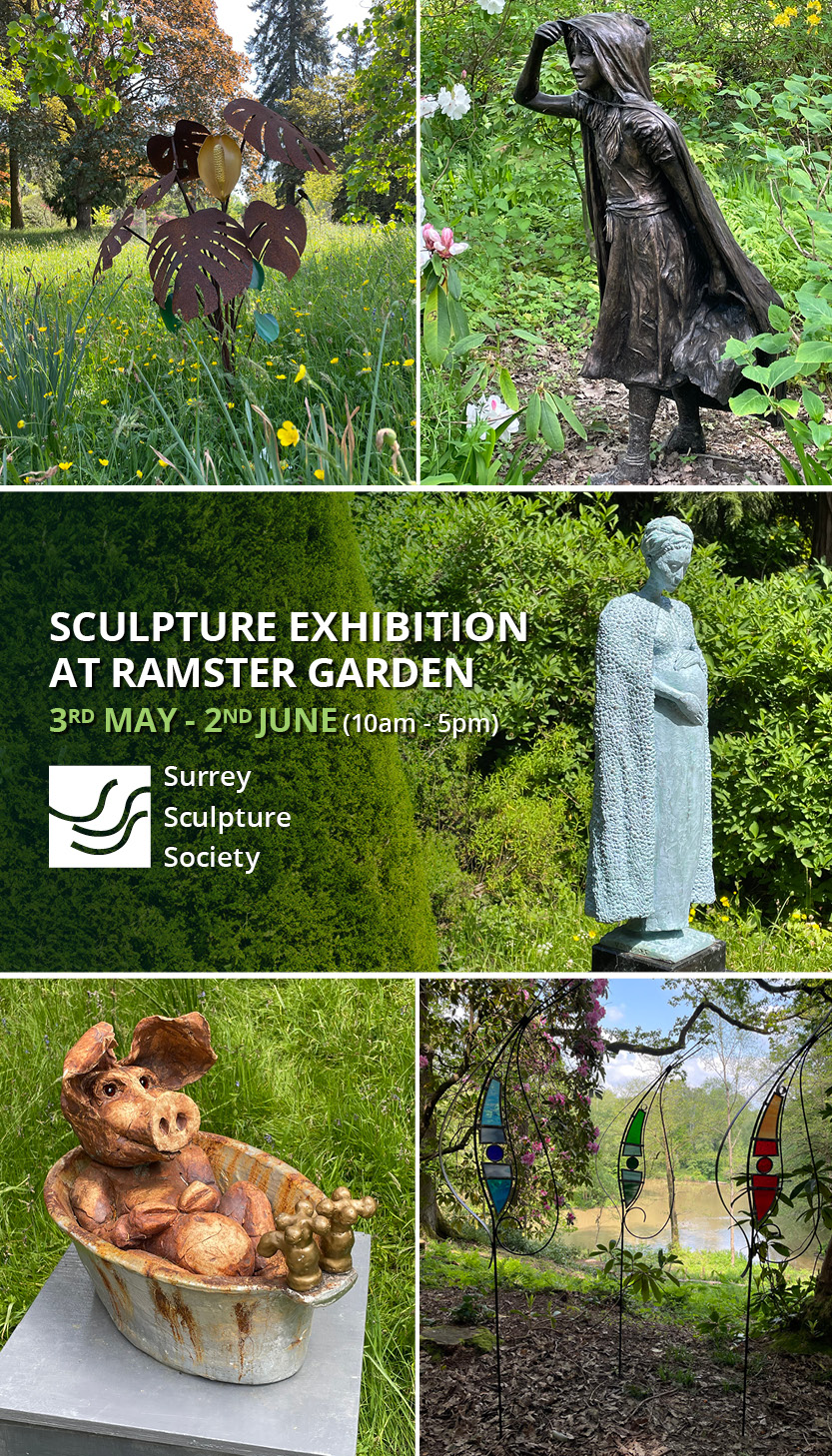The weather is like a yo-yo. Temperatures soar, then the following day it is overcast and drab – now, as we speak, it is tipping it down. My rain gauge tells me that we have had 30mm since yesterday but yes, farmers need it for their crops and we all need it for our gardens. Last year’s heat and lack of rain was a disaster here when the low oxygen levels in the pond meant that the ghost carp, grown from tiddlers over the past 15 years or so, just didn’t make it.
And that was despite all our valiant efforts to re-oxygenate the pond using a hose. I was glad to hear that my bed and breakfast guest was a keen fisherman and so was seen in a tangle of willows at the side of the pond stretched out on his stomach retrieving a very large and beautiful fish. It was all very traumatic, like losing an old friend, but thank goodness he was here to help.
Whether we do have a dry summer again or not, it is worth thinking about water retention, bearing in mind that water is such a valuable resource and, if you have a pot garden rather than flower beds – maybe due to lack of space or just by preference – it is worth thinking of ways to retain moisture in them so that you don’t have to spend hours watering, especially if you are on a meter.
I was reading about ollas, clay pots used for thousands of years to irrigate plants. These are pots with a round base and a bottleneck opening that you bury into your pots or borders having filled them with water. As they are porous, water seeps into the adjoining plants’ roots via a suction effect and the roots grow round the olla and take water in when its needed. But maybe a few ideas work just as well but less interestingly.
One major thing to think of is mulch and a healthy compost heap will give you all the humus-rich compost you would need for pots. It’s an idea to use large pots if possible as whilst they need filling with a good deal of compost, they will not dry out in the same way as small containers do. Add the mulch, whatever it is that you use, in the spring and you could also use moisture retentive Perlite in the soil. Avoid peat based multi-purpose composts, which dry out quickly, and instead go for the loam based John Innes mixes.
Try to avoid watering in the evening as moisture can get trapped in the pot as the temperature drops leading to mildew and fungus. Shame really as the evening ritual of watering and having a glass of wine is usually not too much of a chore!
Other mulches that help retain moisture would include bark and leaf mould. Actually, the latter is ideal for acid loving plants as it is low in nutrients and humus. If you have a seaside garden, a mulch of shells and gravel look good, but oddly they don’t quite work in gardens away from the coast – I don’t really know why. Straw, grass cuttings, mushroom compost. They can all work. And have a think about grouping your pots together in one place, rather than having isolated pots around the garden. One seems to protect the other.
Wind is a cause of pots drying out and their contents become rather desiccated, so, if possible, protect them from prevailing winds by planting a native hedge or purely a hawthorn hedge. The birds will thank you, too. We have a proliferation of recently planted leylandii down the lane. No use to man nor beast. Go native. Otherwise use something like a hazel or willow fence which lets in some air and light. Or try those fairly
Some other tips to try…
• Avoid planting in dark-coloured pots. They retain heat and accelerate moisture evaporation.
• Recycle plastic bottles. Pierce small holes in them, put the top back on and put in one of your pots upside down.
• Worth a try is drip irrigation using strips of old fabric, with one end in your chosen pot and the other in a reservoir of water. Good for a group of pots if you are going away for a while.
• Try any number of the plant gels that are on the market. Garden centres and dare I say it, Amazon, have any number to buy. I was reading about Plant Gel, a polymer, which has been used by the US Forestry Service for years, especially when they are trying to establish trees and plants in desert areas. This particular one contains water retaining properties as well as nutrients. An ideal combination.
• Another cheap idea is to use old household sponges in your pot’s compost. I think I’m going to try that one.
inexpensive rolls of split bamboo or reeds attached to vertical stakes. They’ll do the trick.
And then there are the plants you choose themselves. Bear in mind where they come from and what conditions they are used to and then you can’t go wrong. Just try to emulate what they have come to expect! Mediterranean plants are used to very high midday temperatures, often in excess of 38°C, and they have adapted to drought and to retaining their water reserves during the hot season. Their leaves are often silvery, small, leathery or hairy – all adaptations to the conditions ‘they grew up in’.
These plants are often easy to grow in pots as long as you don’t water too much and have some winter protection. Oh, and ignore the idea of a spring mulch, they just need minimal watering and well-drained soil. If you are tucking them away into a well-lit shed or porch in the winter months, don’t do it too soon. They need time to ‘harden off’ so they are prepared for the vagaries of the UK’s winter.
Sub-tropical plants, too, can be great candidates for pots as their large, lush leaves adapted to high humidity can regulate their own temperature through transpiration, meaning that they rarely dry out. Just what you want. It’s simply working out which works best for them and for you.
Sue Whigham can be contacted on 07810 457948 for gardening advice and help in the sourcing and supply of interesting garden plants.
TEST
Weston Mill Pottery’s large olla irrigation pots are ideal for use in larger patio containers and greenhouses wmpot.co.uk
